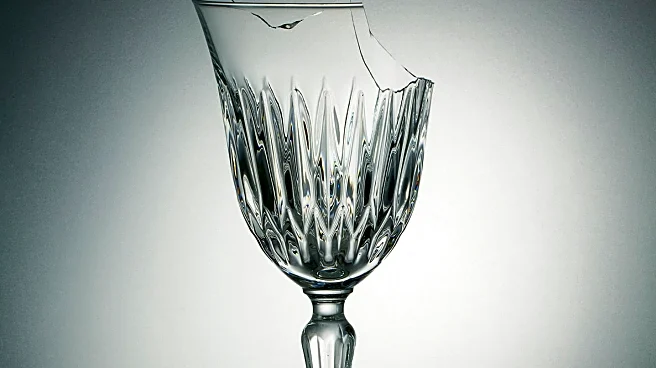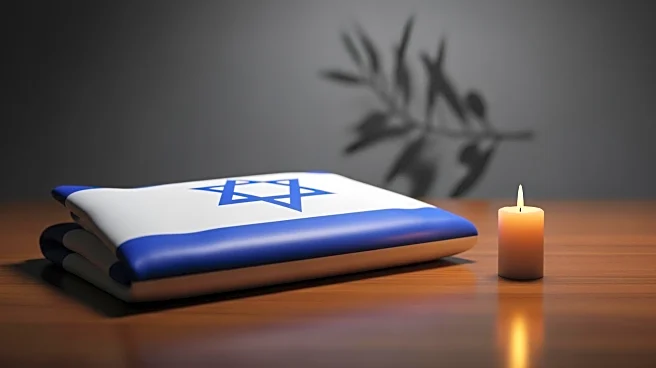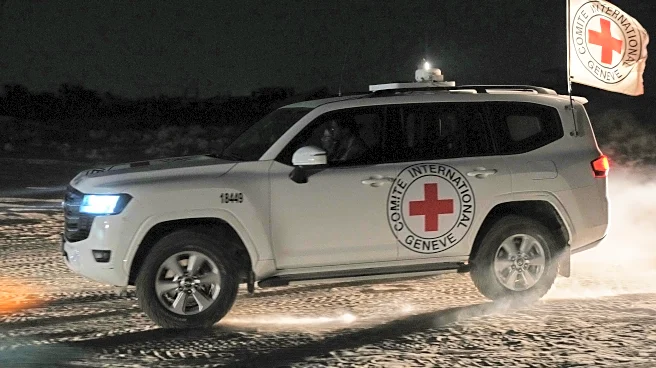What's Happening?
Following the October 7 attacks in Israel, a group of five women led by Tal Sterlin Halperin initiated a project called Comfort Object to help families affected by the violence. The project involves transforming damaged or broken items from destroyed
homes into renewed objects, symbolizing hope and renewal. Families participate in the process by selecting objects and deciding their new form, colors, and materials, ensuring they regain a sense of control. The initiative has worked with dozens of families, collecting over 100 objects, and aims to help them envision a future home while acknowledging their loss. The project is supported by various donors and involves collaboration with artisans and professionals to restore items.
Why It's Important?
The Comfort Object project provides emotional and psychological support to families affected by the attacks, helping them cope with trauma and loss. By transforming damaged objects into symbols of renewal, the initiative fosters resilience and hope, allowing families to preserve memories while looking forward to rebuilding their lives. The project highlights the significance of objects in forced migration and their role in emotional healing. It also demonstrates the power of community and volunteerism in addressing the aftermath of violence, offering a model for similar initiatives worldwide.
What's Next?
The Comfort Object project will conclude with a final exhibition in December, showcasing the transformed objects of nine participating families. The exhibition will be held at the Bat Yam Design Terminal, providing a platform for families to share their stories and experiences. The project's impact will be documented in a catalog and book, set to be published in January, further preserving the narratives of resilience and renewal. The initiative's success may inspire similar projects in other regions affected by conflict, emphasizing the importance of emotional and artistic approaches to recovery.
Beyond the Headlines
The project underscores the cultural and emotional significance of objects in personal identity and community resilience. It raises questions about the role of art and creativity in healing and the importance of preserving cultural heritage amid displacement. The initiative also highlights the potential for women-led projects to drive social change and support communities in crisis, offering insights into gender dynamics in humanitarian efforts.














